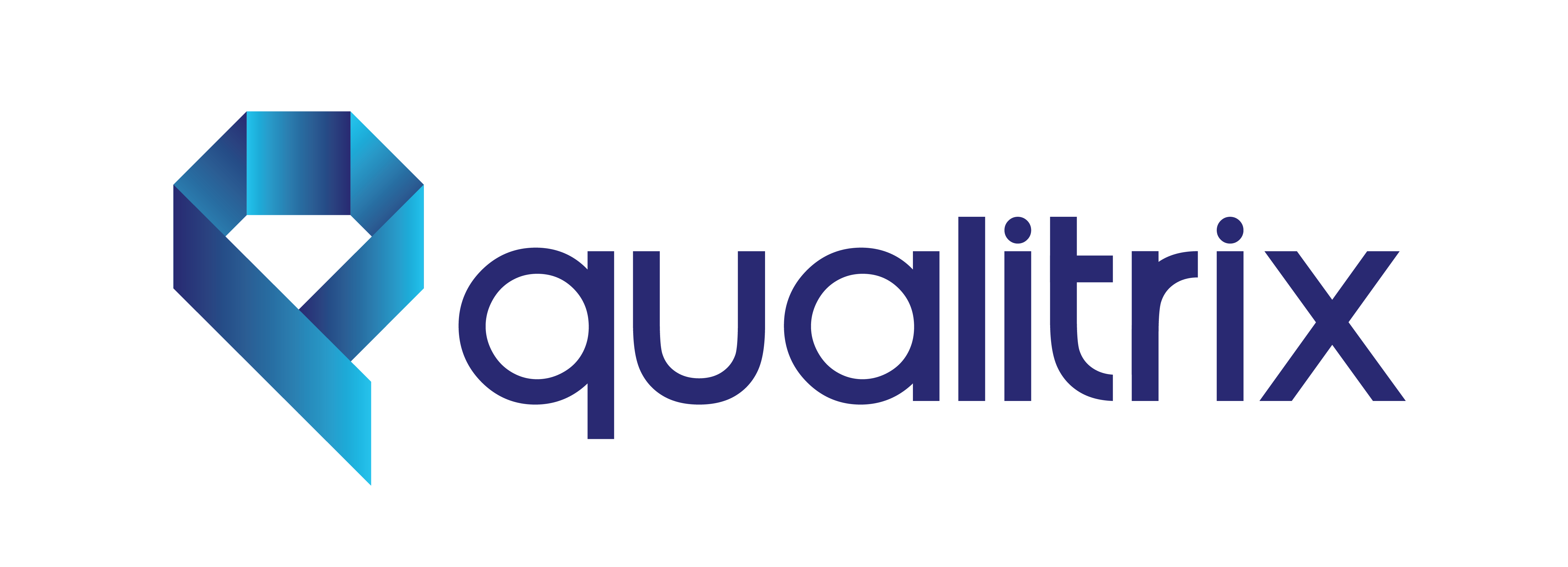Background
A leading digital banking provider faced growing customer expectations for seamless mobile and web experiences. With multiple daily releases, the bank needed to ensure each update delivered impeccable functionality across various devices, languages, and geographies. However, their quality assurance (QA) process was struggling to keep up, leading to delayed releases, undiscovered bugs in production, and negative user feedback.
Pain Point: Slow and Inconsistent QA Coverage
The bank’s traditional QA process was labor-intensive and involved multiple manual steps. Regression testing for new releases required weeks to complete, and QA teams often missed critical bugs, especially across different devices and configurations. These challenges resulted in:
- High time-to-market: Long testing cycles delayed new feature rollouts.
- Frequent production issues: Missed bugs led to costly rollbacks and hotfixes, harming user trust.
- Fragmented device and browser coverage: The bank’s QA team couldn’t ensure comprehensive testing across all device configurations and OS versions.
Solution: AI-Powered QA Transformation
To address these pain points, the bank partnered with a QA provider specializing in modernizing quality engineering through AI-driven tools and processes. The solution was built around three core capabilities:
- No-Code Agile Testing Platform: This platform enabled the bank’s QA team to execute automated tests without needing to write code, significantly speeding up regression testing. The intuitive interface empowered non-technical stakeholders to contribute to the QA process, ensuring more thorough coverage.
- Open-Source Test Automation Accelerators: Leveraging an open-source framework, the bank was able to automate complex test scenarios at scale. The AI-driven impact analysis identified which tests to run after each release, minimizing redundant testing while maximizing defect detection.
- Crowdsourced Testing for Flawless UX: A crowdsourced testing platform provided real-world feedback by engaging testers from different demographics. This ensured the bank’s application worked flawlessly across a broad range of devices, networks, and geographic regions. By capturing insights from diverse users, the bank was able to fine-tune its user interface for improved customer satisfaction.
Implementation Process
The QA transformation took place over a span of three months. Key activities included:
- Initial Audit: A comprehensive audit of the bank’s existing QA setup was conducted to identify bottlenecks.
- Custom Test Automation Design: Automated test suites were designed using the no-code platform, focusing on high-risk and frequently modified areas of the application.
- Integration with CI/CD Pipeline: Continuous testing was seamlessly integrated into the bank’s development pipeline, allowing for automated testing with each build and significantly reducing the time to detect defects.
- Real-User Testing: The crowdsourced platform engaged testers from various regions to test different device and network configurations, ensuring real-world performance.
Results
After implementing the AI-driven QA solutions, the bank saw dramatic improvements in its development lifecycle:
- 70% reduction in time-to-market: Automated regression testing reduced the testing cycle from weeks to days.
- 90% reduction in production bugs: By detecting defects earlier in the development cycle, the bank experienced far fewer issues in production, saving time and resources on post-release hotfixes.
- Expanded test coverage: Comprehensive testing across 150+ device and browser combinations ensured flawless performance across the board.
- Improved customer satisfaction: Thanks to real-user feedback, the bank’s app achieved higher ratings on app stores, and user retention improved by 30%.
Conclusion
By modernizing its QA process with AI-driven solutions, the bank successfully transformed its ability to deliver high-quality, user-centric digital experiences. The partnership resulted in faster release cycles, reduced costs, and improved user satisfaction, positioning the bank as a leader in digital banking innovation

